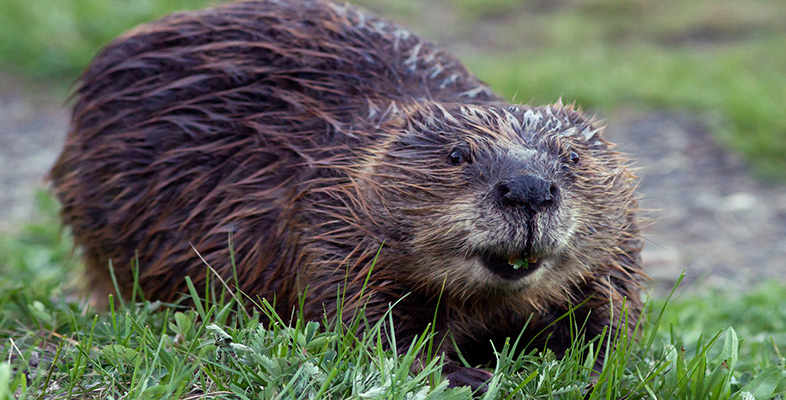5.3 The effect of environment on reproductive behaviour
Activity 5
Review your reading of Section 4.2 on the family life of marmots (or reread LoM pp. 66-67) and construct an argument to explain why polygamy may not be profitable for the male marmot.
Answer
Your argument might run something like this:
There is a short feeding season and the male marmot needs to lay down enough fat to last through the seven months of hibernation. Fighting other males uses up energy and feeding time.
The family group defends its feeding territory from other families, so females are spread out over the alpine meadows. It would be difficult for one male marmot to control several female-centred families that were spread over a large area.
If he was able to control several female-centred families, how could he prevent other males from sneaking into his territory and mating with a female that is some distance from him? The dominant female in a group 'bullies' the other females, they become distressed and abort. Therefore, it is only 'profitable' for a male to mate with the dominant female in a group; all other matings are wasted reproductive effort. How can he be sure he has mated with the dominant female and how can he be sure no other male has mated with her unless he has her near him all the time?
In terms of certainty of paternity we can already see reasons why a monogamous male marmot would be likely to leave more offspring than a polygamous male marmot. And so, as mentioned earlier, it is not just the differences between the sexes that determines the kind of reproductive behaviour we see in mammals, but also their habitat. Unless food is plentiful, the climate warm and predators few in number, the chance of a female successfully rearing young on her own is small. If males engage in parental care of the young they have fathered, they gain greater reproductive success than if they do not. In the case of the marmot community, parental care of so many infants through the long winter cannot be achieved by the two parents alone. Litter size can be maintained only by the recruitment of other females to the winter lodgings of the family. For many individuals, monogamy is the type of reproductive behaviour that has been determined through natural selection.
But monogamy is the exception amongst mammals. If you are studying all of the units in this series, in the next course you'll observe that many mammals are born relatively mature and 'ready to run', with a plentiful supply of food at their feet. These are the plant predators. You'll see plenty of examples of polygamous males putting their reproductive effort into courtship rituals: fighting other males and wooing females.
